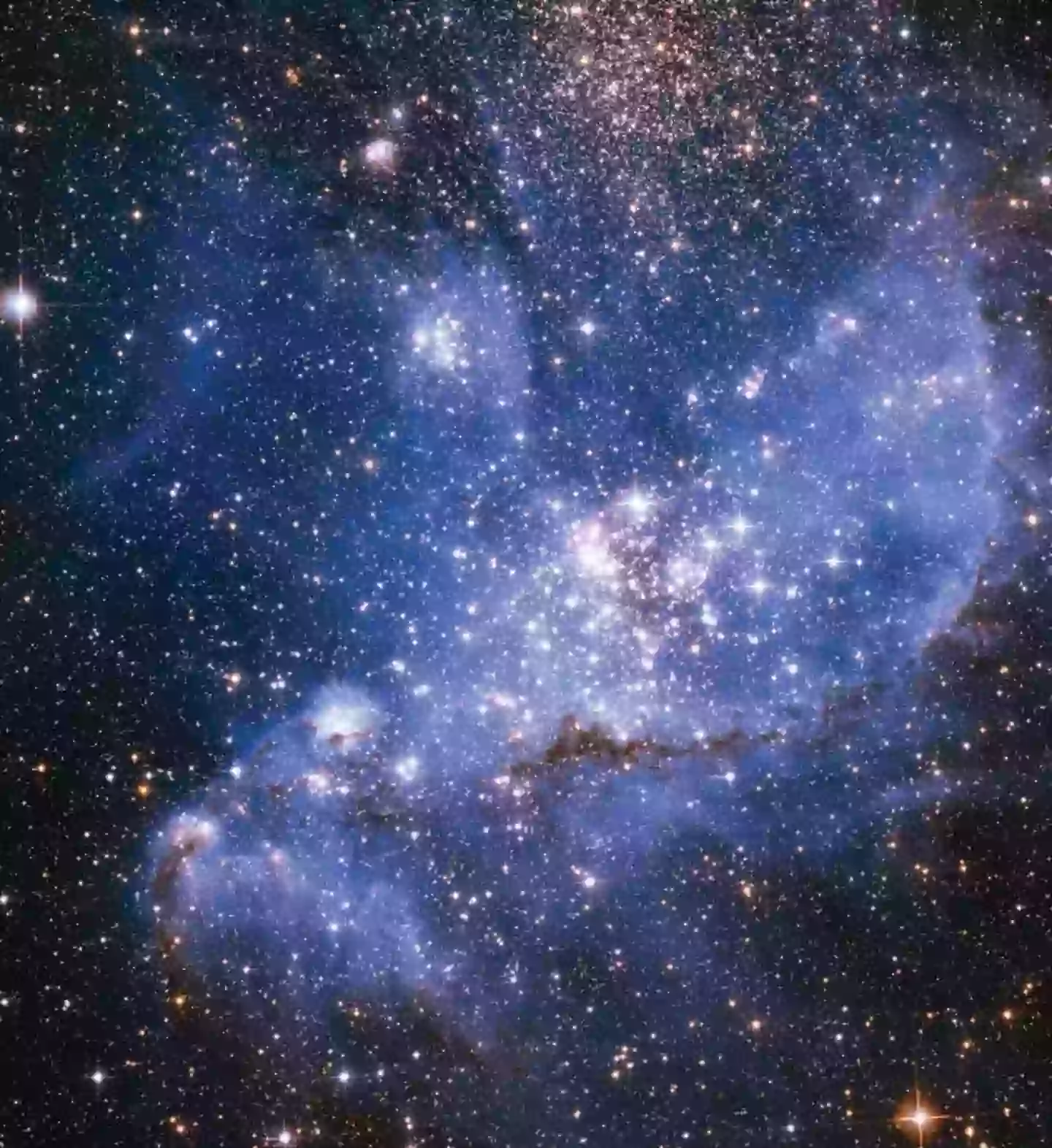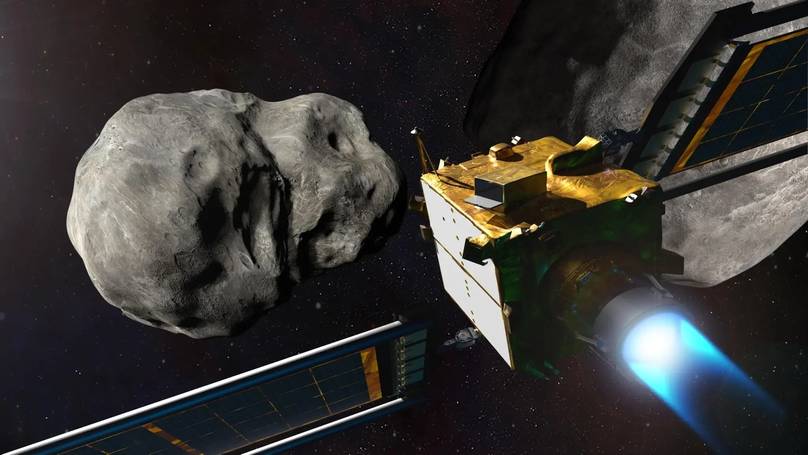“Galactic Countdown: Unraveling the Mystery of Our Dying Neighbor That Could Rewrite Cosmic History!”
Have you ever wondered what’s happening to our closest cosmic neighbor? Well, hold onto your telescopes, because scientists have just discovered that the Small Magellanic Cloud (SMC)—the galaxy next door—is facing a slow but dramatic demise, and this revelation might upend everything we thought we knew about the universe! Researchers from Nagoya University in Japan have meticulously tracked 7,000 massive stars in the SMC, only to stumble upon some unexpected movement that suggests its larger counterpart, the Large Magellanic Cloud (LMC), may be wreaking havoc. Instead of twirling gracefully, it appears the stars are in a chaotic dance, being pulled apart rather than orbiting harmoniously. This little drama in the cosmos could not only alter our understanding of the SMC’s history but might also force a re-evaluation of the gravitational forces at play in our Milky Way neighborhood. Curious? Let’s explore just how these stellar dealings could reshape our understanding of galactic evolution! LEARN MORE.
Scientists have found that our nearest galaxy is undergoing ‘gradual destruction’ and could change everything that we know about space.
Researchers at the Nagoya University in Japan have been studying the motion of stars in a galaxy neighbouring the Milky Way called the Small Magellanic Cloud (SMC).
The group were analysing some 7,000 big stars in the SMC and noticed something strange.
On first glance, it appeared that the SMC’s ‘larger companion’, the Large Magellanic Cloud (LMC), was to causing a bit of an issue.
The research team, led by Satoya Nakano and Kengo Tachihara, decided to take a closer look and found that the LMC might be tearing the SMC apart.
After analysing their initial findings, Tachihara thought ‘there might be an error’ with the results.
However, they were eventually able to show ‘evidence’ that the stars in the SMC, which survive for a few million years before exploding, ‘were moving in opposite directions’ and ‘are being pulled apart’.
Tachihara said: “Some of these stars are approaching the LMC, while others are moving away from it, suggesting the gravitational influence of the larger galaxy.
“This unexpected movement supports the hypothesis that the SMC is being disrupted by the LMC, leading to its gradual destruction.”
The team also discovered that the stars in the SMC were not following a rotational pattern, unlike stars in our Milky Way.

Scientists have found that our nearest galaxy is undergoing ‘gradual destruction’ (Encyclopaedia Britannica/UIG Via Getty Images)
This means that ‘previous estimates of its mass and its interaction history with the Milky Way and LMC might need to be revised’.
On what this means for space study, Nakano explained: “This could potentially change our understanding of the history of the three-body interaction between the two Magellanic Clouds and the Milky Way.”
For years, scientists have been studying the SMC because of how similar it’s supposed to be to the Milky Way.
The issue, as Tachihara says, is that we are unable to get a ‘bird’s-eye view’ of the galaxy in which we live’.

The SMC is pulling away from the LMC (Alan Dyer/VWPics/Universal Images Group via Getty Images)
That’s why discoveries on how the SMC and LMC work with one another, are supposed give us a better understanding on the processes that shaped galaxies billions of years ago.
“As a result, the SMC and the LMC are the only galaxies in which we can observe the details of stellar motion,” Tachihara added.
“This research is important because it allows us to study the process of star formation in connection with the motion of stars throughout the galaxy.”
The full study was published in The Astrophysical Journal Supplement Series.













